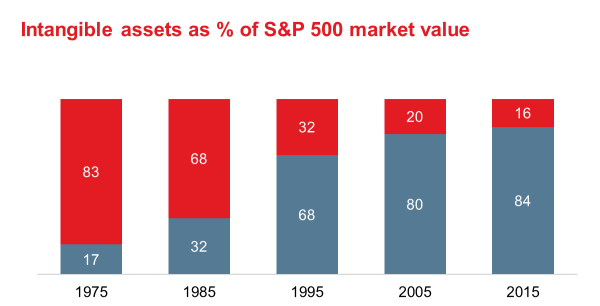Stuart Kenyon, AVP Risk Control, looks at why reputation risk is rising and what businesses can do about it
In an increasingly complex, technology-led, interconnected global economy, business leaders are being tested.
Business confidence has dipped, investment in business fundamentals is down and reputation risk is the new threat that stalks the corridors of power. From connected devices and international supply chains, to the global financial system, the potential for small problems to trigger unexpected cascading failures is everywhere.
In this era of interconnected risks, business leaders are increasingly concerned about the threats to their reputation. Indeed, research conducted as part of our Risk & Confidence survey demonstrates that in every region of the world, business leaders believe that reputation risk will continue to rise through to May 2020.

Of course, part of the reason why reputation risk is becoming so critical is the rising importance of intangible assets in today’s global economy. Whereas in the past, insurers were called on to protect discrete assets: homes, buildings, employee liability and belongings, now we need to focus on interconnected but less tangible assets like data, trading relationships, intellectual property and reputation which are the primary means of value generation in our new global economy.

Figure 1 - Ocean Tomo, Intangible Asset Market Value Study 2017
In a world where corporate value is held in intangible (rather than tangible) assets and measured in terms of brand strength, social media assets and consumer likes, managing reputation risk takes on a new level of significance. It is undeniably harder; but it is important as the preponderance of intangible assets rises and business’ needs globally change.
Risk managers and brokers are ready for the challenge
Already we are finding significant appetite among our broker network and insureds for deeper discussion and insight around the drivers of boardroom risk and strategies for risk prevention and mitigation.
At the October AIRMIC Enterprise Risk Management Forum on Connected Risk for example, risk managers discussed drivers of reputation risk and approaches to reputation risk management. At a session facilitated by CNA Hardy, discussion focused on whether there was evidence of clear responsibilities and accountabilities relating to the five main risk factors our research identified: economic, political, cyber, technology and interconnected risk.
Ultimately, of course, the challenge is not just about responding effectively to individual risks or crises, important though this is. Our key focus is to improve how we manage a range of interconnected and intangible risks that drive reputation and boardroom risk more broadly. Against this backdrop, we were invited to facilitate a training session with AIRMIC on 11 November 2019 to examine the complexities of intangible asset protection and reputation risk AIRMIC.